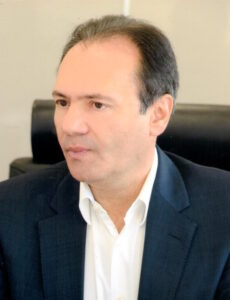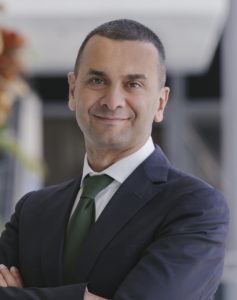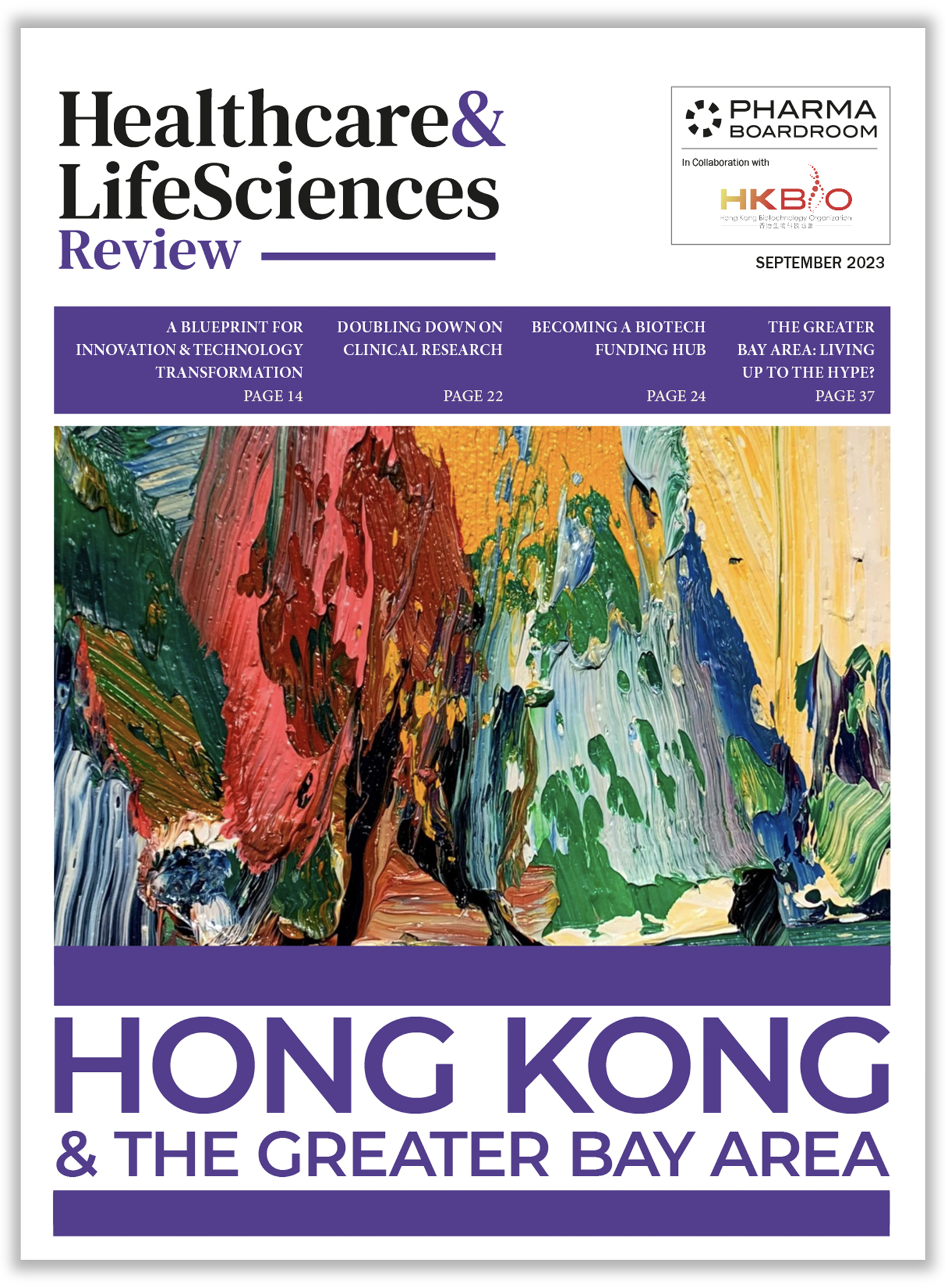The grants and loans allocated by the European Union’s Recovery and Resilience Facility (RRF), a large part of which have been assigned to healthcare, set out to mitigate the economic and social impact of the COVID-19 pandemic, but for many biopharma industry leaders they also present an opportunity to tackle problem areas and stimulate investment in their local healthcare ecosystems. Read on for a look at RRF priorities in Greece, Italy and Spain.
Greece: Manufacturing Incentives
Greece, severely hit by the financial crisis a decade ago, was thrown off its course to recovery by the pandemic. Through the RRF, the country is set to receive EUR 17.77 billion in grants and EUR 12.73 billion in loans. Along with the financial injections from the EU, Greece will also see a number of reforms come out of the RRF, including a review of its much-disputed clawback policy, which will result in incentives for local manufacturing of medicines.

A significant turning point for the Greek pharmaceutical sector has been the recognition by the Greek State of the capabilities of the manufacturing footprint in Greece and its inclusion of the offsetting clawback reform in the national Recovery and Resilience Facility Plan
Theodore Tryfon, ELPEN
Pharma stakeholders have high hopes for the RRF measure that is set to minimize clawbacks, the mandatory rebates pharmaceutical companies are required to offer the National Organisation for the Provision of Health Services (EOPYY), gradually reducing clawbacks up until 2025. The RRF clawback reform is set to translate into investments, particularly in manufacturing.
“Policy reform around the clawback offset adopted under the Recovery and Resilience Facility (RRF) has allowed our industry to unlock an investment plan amounting to EUR 1.2 billion. This investment will update the capacity of the Greek manufacturing industry, ensuring patient access to affordable and high-quality medicines and also contribute to Europe’s strategic autonomy in pharmaceuticals,” says Faye Kosmopolou, general manager of the Panhellenic Union of Pharmaceutical Industry (PEF).
Dimitros Demos, general manager, DEMO Pharma confirms the RRF’s influence on investments and the manufacturing capacity of the country: “We will build up manufacturing capacity, including via a new manufacturing campus in the city of Tripoli, 120 km from Athens. This will entail the expansion into the manufacturing of different chemical forms as well as our own active pharmaceutical ingredients (APIs).”
RAFARM’s vice president Aris Mitsopoulos is already seeing the effect of pharmaceutical manufacturers being entitled to an offset of part of their outstanding clawback: “This has led RAFARM – building on its existing investments – to add significant new capacity in ophthalmology and become one of the top three European ophthalmology manufacturers, growing from the current 25 million units per year in this niche to 45 million.”
In the view of Theodore Tryfon, VP, ELPEN Pharmaceutical, Greek manufacturing is set to recover some of the momentum it lost over the past decade: “A significant turning point for the Greek pharmaceutical sector has been the recognition by the Greek State of the capabilities of the manufacturing footprint in Greece and its inclusion of the offsetting clawback reform in the national Recovery and Resilience Facility Plan. This policy has initiated a big investment boom from our sector amounting to EUR 1.2 billion.”
Italy: Digital Transformation
Italy, one of the EU nations hardest hit by the pandemic, is poised to receive some EUR 140 billion from the EU with 32 billion earmarked for healthcare. An important RRF priority for the country is to boost the digitalisation of the healthcare system and considerable resources have been allocated to innovation and digitalization. The goal is to renew existing technological and digital healthcare structures, dedicating substantial funds to the digital transition of the healthcare system. In particular, completion and systematic use of the Personal Electronic Health Record (PEHR), a system for tracking the general public’s health history and sharing it with healthcare professionals, is a key focus area.

Digitalisation and telemedicine are highly promising trends, and we are glad to see investment flowing towards them, but there also needs for investment in capabilities and literacy from both a medical and patient perspective
Giuseppe Maduri, Astellas
Although there are still deficiencies, the shift towards a more data-based healthcare system is already underway in Italy. “Even though this process has been very successful so far, there is still a lot to be done; many regions must catch up and the communication between the private and public sectors has to flow better,” says Federico Chinni, managing director, UCB Italy.
With respect to improving telemedicine, Alessandro Bocci, GM Italy & Iberia at Guerbet is positive about the impact of the RRF: “We are also expecting a big impact in terms of greater interconnectivity between patients, general practitioners (GPs), and hospitals. Any measure which leads to increased accessibility for GPs, where today there is a bottleneck, is a step in the right direction. Today, a GP has 1,500 people to assist and there is physically no space for everyone in the agenda of a single GP. Therefore, to have new technologies at their disposal and for citizens to have rapid access and exchanges, and to be referred maybe to specialist care or to diagnostic care, or to be enrolled in a prevention program in a faster and more efficient way is crucial to allow a wider portion of citizens to benefit.”
However, some stakeholders are sceptical about digitally oriented investments unless they also entail spending on training: “Digitalisation and telemedicine are highly promising trends, and we are glad to see investment flowing towards them, but there also needs for investment in capabilities and literacy from both a medical and patient perspective. Without that, such investments will not be effective,” says Giuseppe Maduri – Chairman, Managing Director, General Manager Italy, Greece, Cyprus, Malta, Astellas Pharma.
Spain: Public-Private Partnerships
Spain, which was also hit heavily by the COVID-19 pandemic, has looked to stimulate innovation through measures stemming from the RRF that are aimed at building public-private partnerships. The Spanish government approved a public-private collaboration instrument, the Economic Transformation Strategic Project (PERTE) for Vanguard Health in 2021, a mechanism that looked to position Spain as a leader in precision medicine R&D and strengthen its healthcare sector with an investment of EUR 1.46 billion that would offer investment opportunities for a variety of companies and organizations. During the announcement speech, Spanish president Pedro Sánchez stated that the plan was about “taking advantage of the historical opportunity that European funds offer to bet on science, on the national health system, and on a fair economic recovery through public-private collaboration.”

The current Spanish government understands the strategic importance of healthcare and its role in the recuperation and transformation of the country
Nabil Daoud, Eli Lilly
The project has four specific goals: positioning Spain as a leader in the R&D of advanced therapies aimed at “curing” diseases such as diabetes and neurodegenerative diseases; fostering personalized and precision medicine by favouring the development of “competitive companies”; developing a digitalized national health system with an integrated database; and promoting primary healthcare through advanced technology for all citizen-facing activities.
The agreement could be considered a win for the pharmaceutical industry, which was heavily involved in crafting the plan that served as the main basis for the approved PERTE project. The industry’s original proposal, called Essential Medicines and Strategic Industrial Capacities (Medes), was led by industry association Farmaindustria, in collaboration with the Spanish Association of Generic Medicines (AESEG), amongst others. While generics companies are not involved in the development of precision medicine and advanced therapies – the central theme of the project – they do fit with the objective of securing the sustainability of the healthcare system and reindustrializing the pharma sector. According to Ángel Luis Rodríguez de la Cuerda, president of AESEG, whose members operate at least 13 production plants in the country, companies willing to invest could receive public funding for around 10 percent of the total cost.
Toni Andreu, the scientific director of EATRIS – an EU-funded organization dedicated to promoting translational research among member states – is optimistic about the PERTE project. “This is a great opportunity for Spain to bring novel therapies to the patients, such as CAR-T based novel approaches. Spain also has the capacity to efficiently interconnect basic research with clinical research which is the key element for the development of novel therapy approaches.”
“This demonstrates that the current Spanish government understands the strategic importance of healthcare and its role in the recuperation and transformation of the country,” said Lilly’s general manager in Spain, Nabil Daoud.



